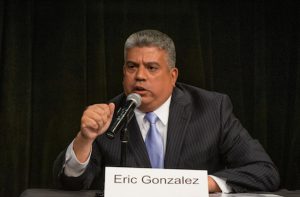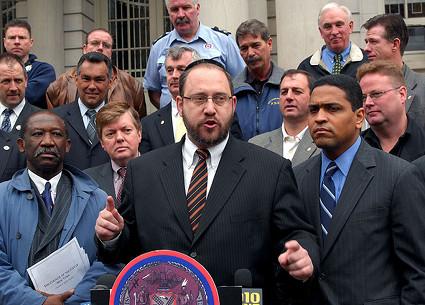
Control of NYS Senate is up for grabs — again

simcha felder.jpg
ALBANY — A remake of the bold 2009 struggle for power within New York’s Senate is now playing. Whether its plot mirrors the productive, if messy, politics portrayed in “Lincoln” or the gangland of “Lord of the Flies” won’t be clear for weeks.
New Yorkers have a big stake in the drama.
Hanging in the balance for the 2013 session are issues including tax breaks for businesses, cutting spending and making job creation a top priority. Those are issues pushed by the current Republican majority. Also at stake are raising the minimum wage, public financing of campaigns and gun control, all items sought by Democrats.
Leave a Comment
Leave a Comment

